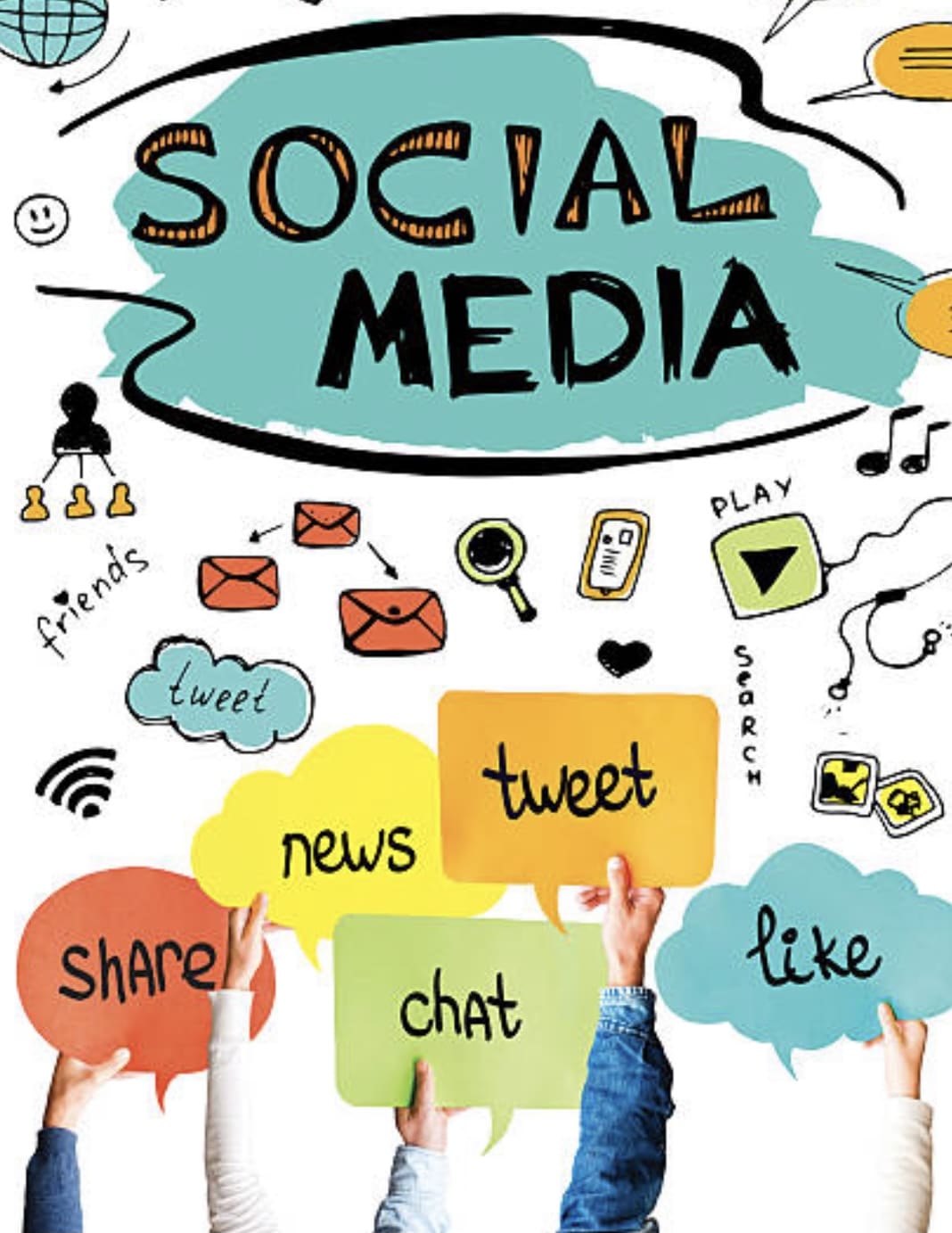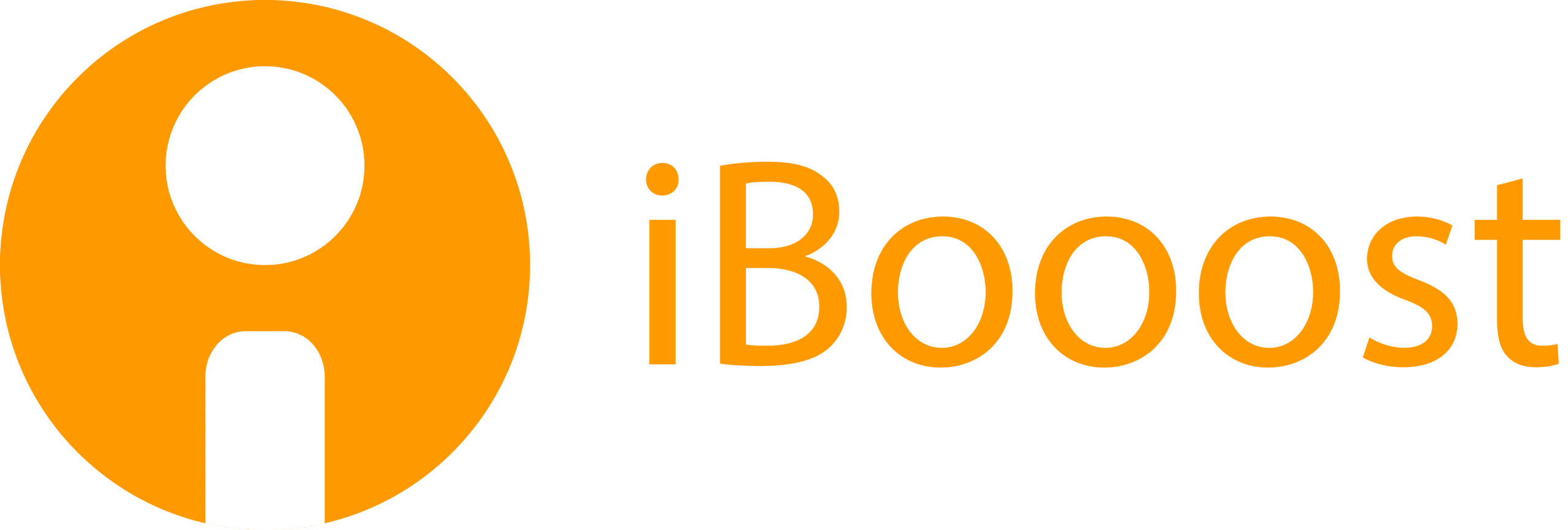
Get on top of this 2021 Digital Marketing Trend!
According for Forbes - Social media is becoming a top way for businesses to go from discovery to purchase. Platforms like Facebook, are making it easier for your customers to

Social media marketing can help you rise above your competitors if executed properly. Explore the difference between ongoing analytics and campaign-focused metrics. Get some help setting and measuring goals for your social media. Track, monitor, and receive metrics to see if you are headed towards your goals or if you need to make some adjustments!
(1) Understand the two different types of social media measurement
Ongoing Analytics and Campaign-Focused Metrics. Ongoing analytics are day-to-day focused metrics that have no definitive end. Once these are set up you can set up a schedule to check these. The ongoing analytics will help you keep track of the overall health of your brand and company. Think of these as the word on the street about your company. Campaign-focused metrics have a definite beginning/end and are used target certain marketing initiatives. You should have both of these!
(2) Establishing your goals for social media marketing
Understanding your companies goals can help you use each social media platform to help you accomplish your goals. Each social media platform can be used to effectively accomplish your different goals. For example, on instagram a local restaurant might have two goals: 1. A campaign focused goal on spreading awareness about your new dish at your restaurant. 2. On going analytic goal about understanding and getting to know the local restaurant scene nearby your restaurant, with a focus on your competitors.
(3) Understanding metrics to measure your goals
You need to have metrics that match your goals. For example, new followers, likes, shares, retweets, and clicks. Here are some some common metrics:
- Awareness – The attention your brand/company gets. You can measure these using @mentions, likes, shares, links, and impressions.
- Audience Growth Rate – How quickly did you get new followers in comparison to your competitors?
- Post Reach – How many people did your saw your post when it when life.
- Potential Post Reach – Realistically the amount of people who could have seen your post. For example, if one of your followers shared your post, you would factor in the amount of people that follow them.
- Engagement – applause rates (likes, follows, shares, etc.) relative to your amount of followers.
- Click Through Rate – How often people click on your call to action in your post. Specifically tied to the link to that brings your audience to additional content.
(4) How to measure and monitor metrics
Finding tools to measure and monitor these metrics is pretty straight forward with some social media sites like Facebook who automatically give you easy to read metrics (remember to set a schedule/calendar reminders to check theses metrics regularly!) Social analytic tools are readily available by doing a quick Google search. *Pro Tip* make sure to set up the analytic tools before beginning a campaign as these tools usually work in real-time and it can be costly/time consuming to try retrieve date retroactively.
(5) Let’s give examples on how to measure the values of social media marketing
Customer Testimonials – Let’s say you have a goal to reach 4 stars on yelp. Great testimonials are a direct reflection of how consumers view your brand and can drive more customers to your business. If a customer makes it a point to tell you how good their meal was, create a norm in your business to kindly ask these customers to leave a review as it really helps out the restaurant. Create a social media campaign specifically for customer testimonials. Link your google my business review form for easy access for review.
iBooost can help out you meet your social media goals! Check out some of our dynamic and affordable Social Media Packages to get started today!
